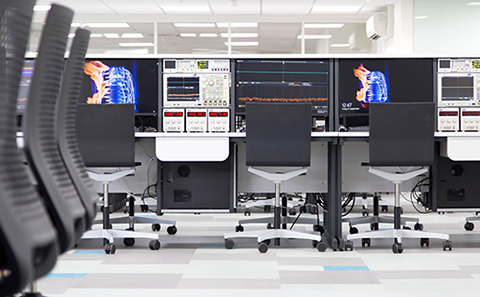
Money matters
Find out about our scholarships, prizes, loans and other financial support that might be available to you.

Find out about our scholarships, prizes, loans and other financial support that might be available to you.

We've spent over £4m on new laboratories, read more about the facilities and developments.

Once you’ve chosen a course, the next step is to make an application through UCAS, find out how here.
Through world-leading research and enterprise activities, the University of Southampton connects with businesses to create real-world solutions to global issues.